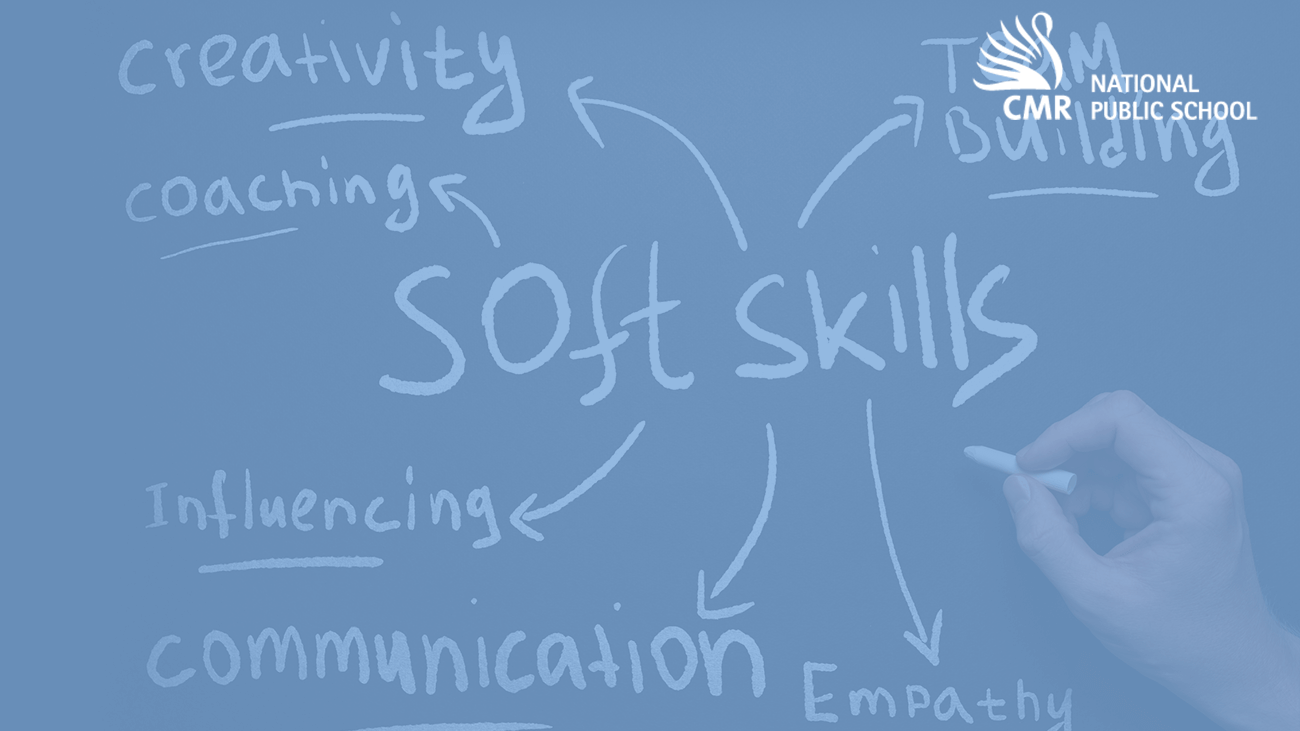Most Popular Trends in Education
“To Improve is to change, to be perfect is to change often”
- Winston Churchill
The only thing constant about life is change. And just how constantly are we reminded of it? In this technological era, everything undergoes a transformation at lightning speeds, vastly altering our everyday lives.
As educators, we firmly encourage the synonymity of change and progress. The Education Sector is a pivotal arena to witness change. Our classrooms and modes of teaching (across cultures, age groups, and learning outcomes) are evolving and upgrading with every passing year to keep pace with the changing trends of the outside world. From the subject matter to pedagogical methods, the entire process of education has marked a significant degree of progress compared to the yesteryears.
Something that the new generation of aspiring learners always look forward to, is popularity and “trendiness”. Although our methods are very adaptive and accommodating, the most popular isn’t always the most effective or the ‘best.’ In this article, I’ve curated six of the most popular trends in innovative education insofar as how much educators use them, and how responsive the learners are to them!
Nano Learning– With learning taking to the digital platforms, what kids thought was a blessing, is now a bane! There is a universal testament to fatigue caused by too much screen time, leading to disinterest and reduction of attention span. Our brains are bombarded with distracting alerts and notifications: sensory overload!
The solution is to provide students with information in smaller amounts, over a shorter period of time, with breaks and gaps for rest. This is called nano learning – a bite-sized learning solution.
Project-Based Learning– This method of learning is what the adults call “hands-on”. The idea is that students learn by doing, with teachers acting as the facilitator and supervisors.
Students will investigate and respond to an authentic, engaging, and complex question or issue. This develops critical thinking, creativity, collaboration, and communication skills; all of which are highly sought-after 21st-century skills.
Experiential Learning– Now common in schools worldwide, this learning approach involves immersing students in real-world situations. It offers first-hand experiences in which learners practice planning, decision-making, teamwork, and more.
Digital Citizenship: Good digital citizenship is increasingly necessary, as learners are trained to be vigilant, discerning, and responsible “citizens” of the internet. As assignments and lessons have traditionally been done in person moved online, it’s even more vital for students to build the skills they need to develop a healthy relationship with digital media.
Mindfulness: The practice of mindfulness involves being aware of, and accepting, both the external world and our internal experiences. By teaching mindfulness in the classroom, you can help improve students’ response to stress and reduce their overall stress levels. It’s also a great (and rude) awakening for students to get back in touch with reality!
Personalized Learning: Over the past few years, the buzz around personalized learning has been on the rise. When a school curriculum is adaptive to a student’s unique needs, it’s more likely to promote student progress because each child can move at the right place. Plus, adaptive and immersive software programs allow teachers to use the same program for all students in their classroom—including those with learning disabilities.
While the overall education trends currently developing in 2022 are inclining to a technological transformation and digitization of classrooms as well as teaching methods, the educational sector seems to have a lot more to offer and to a much more diverse audience in the upcoming years. Old-school learning is tried and tested to be as true as gold, but a little digital help would never hurt anybody. There’s no end to learning so what better way to learn than to follow the tides of the times and get ahead!


